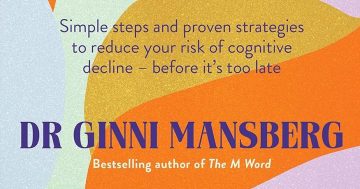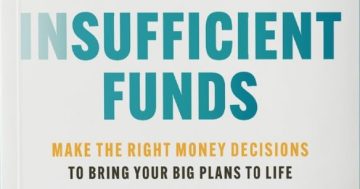Brian de Haaff* says strategy is the most important component of any project — yet is incredibly difficult to do well.
 “The essence of strategy is choosing what not to do.” This is a quote from business strategist, Michael Porter.
“The essence of strategy is choosing what not to do.” This is a quote from business strategist, Michael Porter.
His name might be familiar to you — he created Porter’s Five Forces framework in 1979.
More than 40 years later, those words remain applicable to anyone taking on a major work effort.
Strategy helps you prioritise the work and investments necessary to generate meaningful results while weeding out the rest.
It is a vital component of any type of plan, but it can also be incredibly difficult to do well.
This is because it forces you to consider long-term outcomes and every possible consequence of taking a certain direction.
You have to question everything and have hard conversations about what is most important.
Even if you want to put in the time to do this deep thinking, the demands of your day-to-day job often get in the way.
Strategic thinking is gritty work. It requires both the knowledge of how to do it and the tenacity to get it right.
With any big concept, I find it helpful to break it down into discrete steps. So I thought I would do the same here.
It is important to note that few efforts will require you to start entirely from scratch.
For something like a project launch, you can refer to what has already been documented about it before getting started.
Here are the elements of a brilliant strategy organised into three key phases.
Research
Strategy is ultimately a plan for how you will get to where you want to go, but before you can chart a path forward, you need to establish a starting point.
It is no different than locating where you are on a map and where you want to go before following any directions.
Collect all the information you can, such as client targets and needs, alternative solutions and differentiators.
Assess
Now you need to assess your findings. Look for factors that will affect your trajectory, such as opportunities or obstacles.
These will help you set achievable objectives and create a realistic plan. Use your findings to formulate the following elements:
Business case, growth opportunity, investment required, financial benefits.
Define
Based on your assessments, define exactly what you want to achieve and how you will get there.
These imperatives will serve as the foundation for your plan.
This is your guide for decisions around timing, investments, and the prioritisation of work.
Think of the following elements as your landmarks for tracking progress and defining your plan:
Vision, goals, initiatives, key messages, project delivery.
Strategic planning is a culmination of research, analysis, and a definition of exactly what you want to achieve so you can get busy with how you will do it.
Deep thinking upfront is fundamental to success, especially before you get into implementation.
However, strategy is not something you define once and cast aside to age and wither.
You may need to revisit your findings periodically to ensure they are still accurate.
This is the critical last step — making your strategy dynamic and evolving, bringing it into everything you do.
How do you take your strategy from good to brilliant?
*Brian de Haaff is the Chief Executive of cloud-based software company Aha! He can be contacted on Twitter @bdehaaff.
This article first appeared on the Aha! company website.











